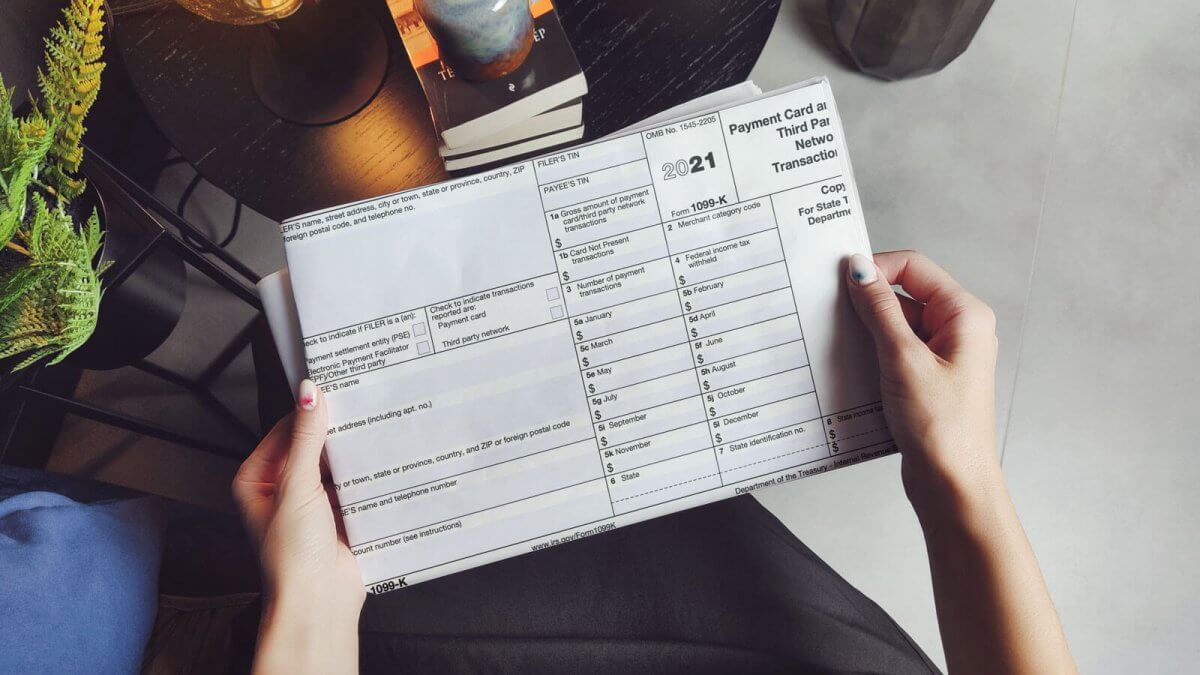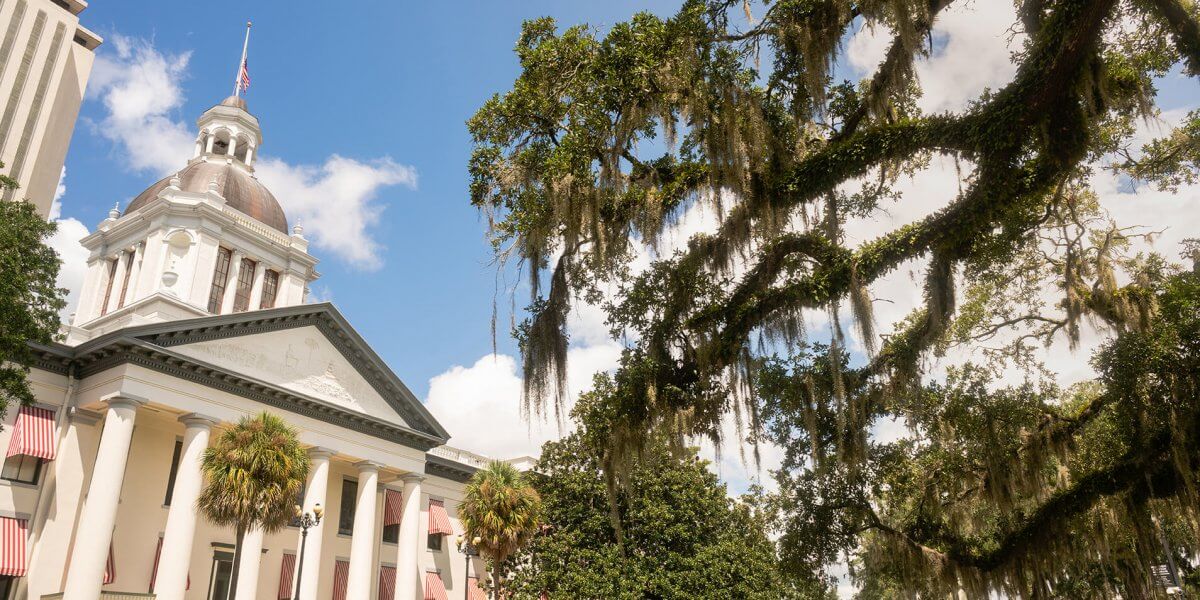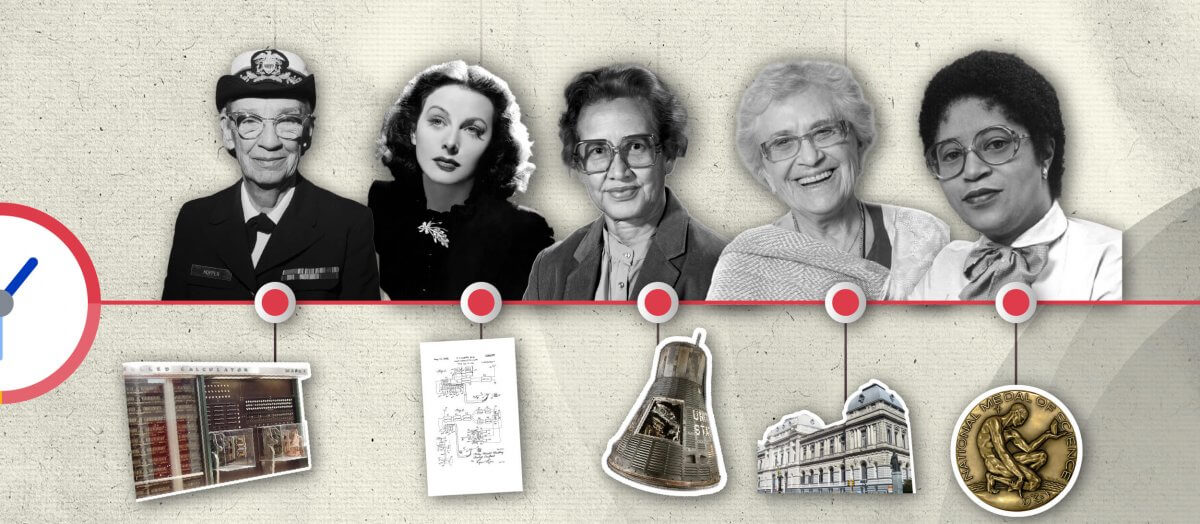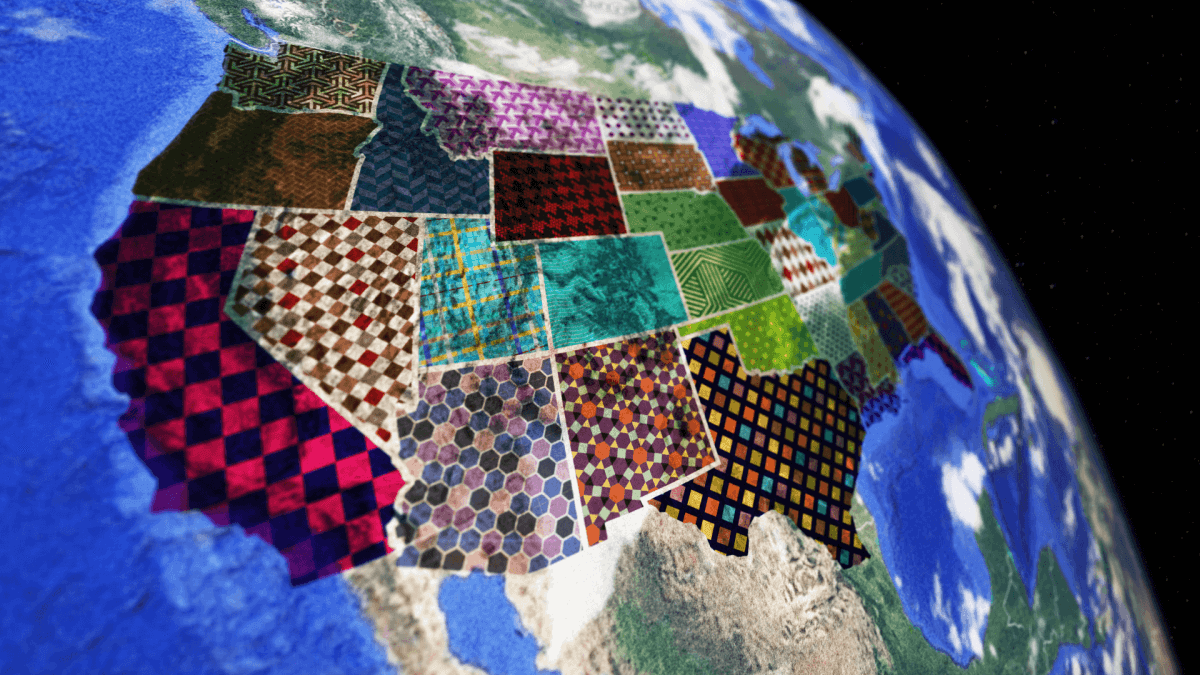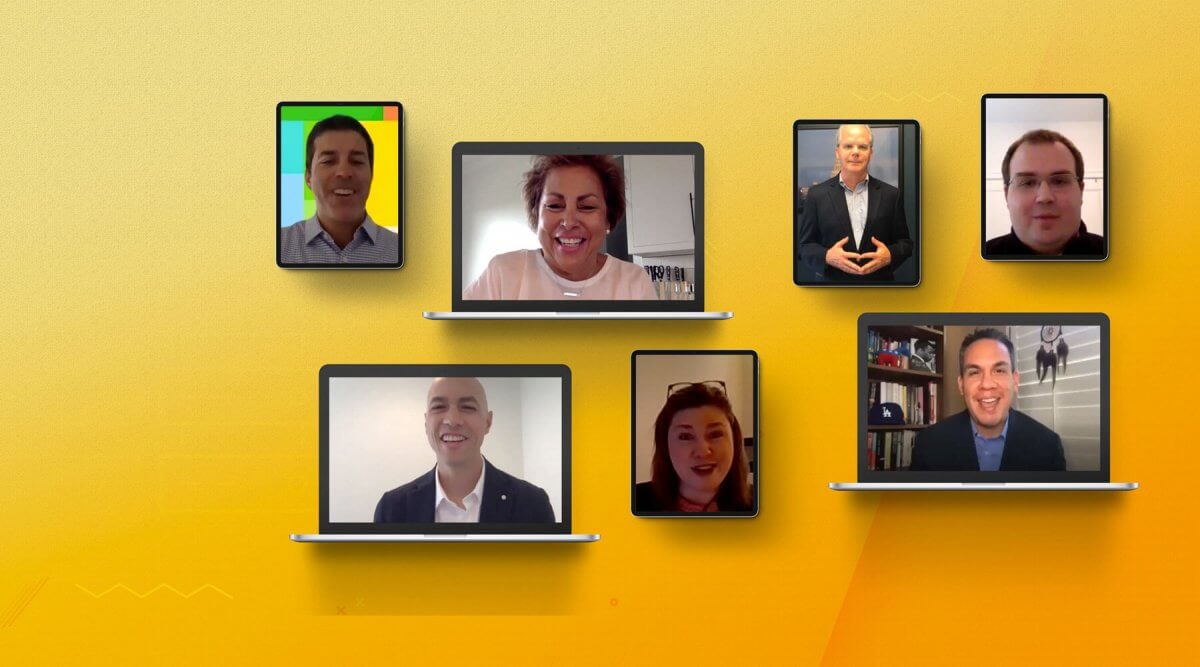Artists, even Nobel Prize-winning artists, borrow, build upon, and sample from other artists. Drawing inspiration from those around you is part of the creative process. Modern threats to artists’ ability to use the world around them for inspiration, however, could derail future generations of creativity.
Bob Dylan, who recently won this year’s Nobel Prize for Literature, was praised by the Swedish Academy for being “a wonderful sampler, a very original sampler.” Especially notable in Dylan’s earlier works is the influence of tradition American folk music, including “Blowin’ in the Wind” and “Like a Rolling Stone.”
But imagine if “Blowin’ in the Wind” was never published, for fear that the folk music Dylan so masterfully built upon would make him liable for copyright infringement?
Inspiration is fundamental to every artistic discipline. In music, literature, and more, the influence of other artists, spanning time, genre, and social background, often forms the basis for new expressions. Dylan himself has gone on to inspire more than five decades of artists born long after his groundbreaking performances during the civil rights movement.
Questioning the lines of infringement is at the heart of a lawsuit between Pharrell Williams and Robin Thicke (for their hit Blurred Lines) and the estate of Marvin Gaye (for his hit “Got to Give it Up”). In a district court ruling last year, a jury found that Williams and Thicke were liable for infringement based on limited comparisons of sheet music.
The ruling has been heavily criticized as ambiguous and dangerous for artists who draw inspiration in structure, melody, composition, and more from many places. As a part of the appeal process, in an amicus brief urging the Ninth Circuit to overturn the lower court’s ruling, more than 200 artists noted that:
From time immemorial, every songwriter, composer, and musician has been inspired by music that came before him or her… . Virtually no music can be said to be 100% new and original.
While the particulars of this case include many technical issues, there is a larger, and more common theme that intellectual property law grapples with time and time again: balance and clarity in law are indispensable for the future of creative works. Protecting legitimate rights of creators is critical. At the same time, legal ambiguity combined with stifling damages creates a barrier to creativity that disadvantages artists and the public interest alike.
With no discernable distinction between inspiration and infringement, creators will be exposed to staggering, expensive lawsuits that will prevent new expressions from being released and publicly consumed. This in turn makes it riskier and more expensive to create new works.
The availability of statutory damages (which were not selected in the Blurred Lines case, but could be used in similar infringement claims) would be devastating for smaller artists. Imagine an artist confronted with a lawsuit claiming up to $150,000 per work infringed (without any tie to actual damages or profits); the costs of the courtroom alone would deter the creation and distribution of a new song or other work.
Our Constitution calls for copyright law that advances the arts. Doing so contributes to our economy as well as the social and cultural advancement that cemented Dylan’s place in music history. We are now in a time where there is more artistic diversity and legal access to expressions crossing generations than ever before and creating new barriers in the form of legal uncertainties – legislatively or in the courtroom – would be a grave error that threatens our creative future.
As we celebrate Dylan’s place in history, we should also remember that the American system of fostering innovation and expression is at the heart of ensuring the next generation’s place in shaping culture.
